Hotel:
Reform InterContinental Hotel
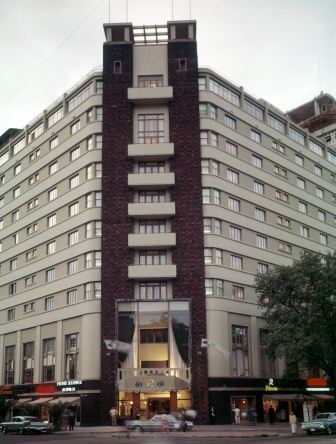
Photograph courtesy of Arie de Zanger, IHC
Photographer
The Building of the Reforma Inter-Continental
Hotel was conceived by Emperor Maximilliam III,
the Paseo de la Reforma hums through the heart
of Mexcio's capital, which was a busy, but
calmly majestic area of the city. At a
cosmopolitan corner, the boulevard bestows its
name on Mexico City's most elegant hotel - the
300 room Reforma Inter-Continental. Hte
thoroughfare lends more than its name. The
omposing stone benches that grace the hotel's
entrance vestibule and lobby are exact replicas
of those where Sunday strollers sit, shaded by
trees, in the city's delightful climate of
eternal springtime. Step further inside to the
lobby you will visually see and hear the sounds
that welcomes you from the burbling waters of
its famous fountain, reproduced in minute
detail from La Fuenta de las Ranas in historic
Chapultepec Park. The lighting is traditional,
as directly by the Interior Designer. Further
down the Paseo de la Reforma, at Christopher
Columbus Square, you will find the smae
intricate fixures and frosty globes that were
custom designed for the Hotel. The Hotel
Reforma Inter-Continental rises 11 stately
stories and its graciousness of style and
services symbolizes that golden years of
grandeur of Mexico's colonial past.

The Hotel Reforma Inter-Continental is an
informal museum of Mexican culture and craft.
The lobby's richly hued carpets have been woven
by the skilled Tarasco Indians of Michoacan.
Should the 70 musicans of the Reforma
Inter-Continental gather in the hotel lobby for
a surprise serenade, a medley of music from all
over Mexico would move out under the graceful
stucco arches into the falling dusk. El Catrin
contributes the exciting gaiety of brass and
strings of Mexico's most familiar music - the
mariachi band. Alternating with the mariachis
is the white-clad quintet playing the rustic
jarocho of Veracruz. You will recognize the
throbbing under current as the "big beat" and
jazz that comes nightly from the depths of La
Gruta. Farolito provides quiet interludes of
cocktail music, while Koyan, the hotel's supper
club, adds the go-go sound, blending it all
together with orchestral background. Whether
you taste in Latin music is modern or
traditional, you can hear it without ever
leaving the Reforma - The Mexico's most musical
Hotel.
Location:
Mexico City,
Mexico
During the time when the Hotel was the Reforma
Inter-Continental Hotel from 1960 to 1970,
there were so much of interest in and around
Mexico City that you must plan your sigtseeing
carefully with your Pan-Am Agent, unless you
had allot of time to yourself. There are,
however, to this day, several musts: The
Cathedral of Mexico, the floating grardens of
Xochimilco, the pyramids of San Juan
Teotihacan, the Franciscan monaster of
Churubuscu and the beautiful Park of
Chapultepec with its five museums. On
Sundays, there were always excitement of the
bullfights.
Architect:
Lead Interior Designer:
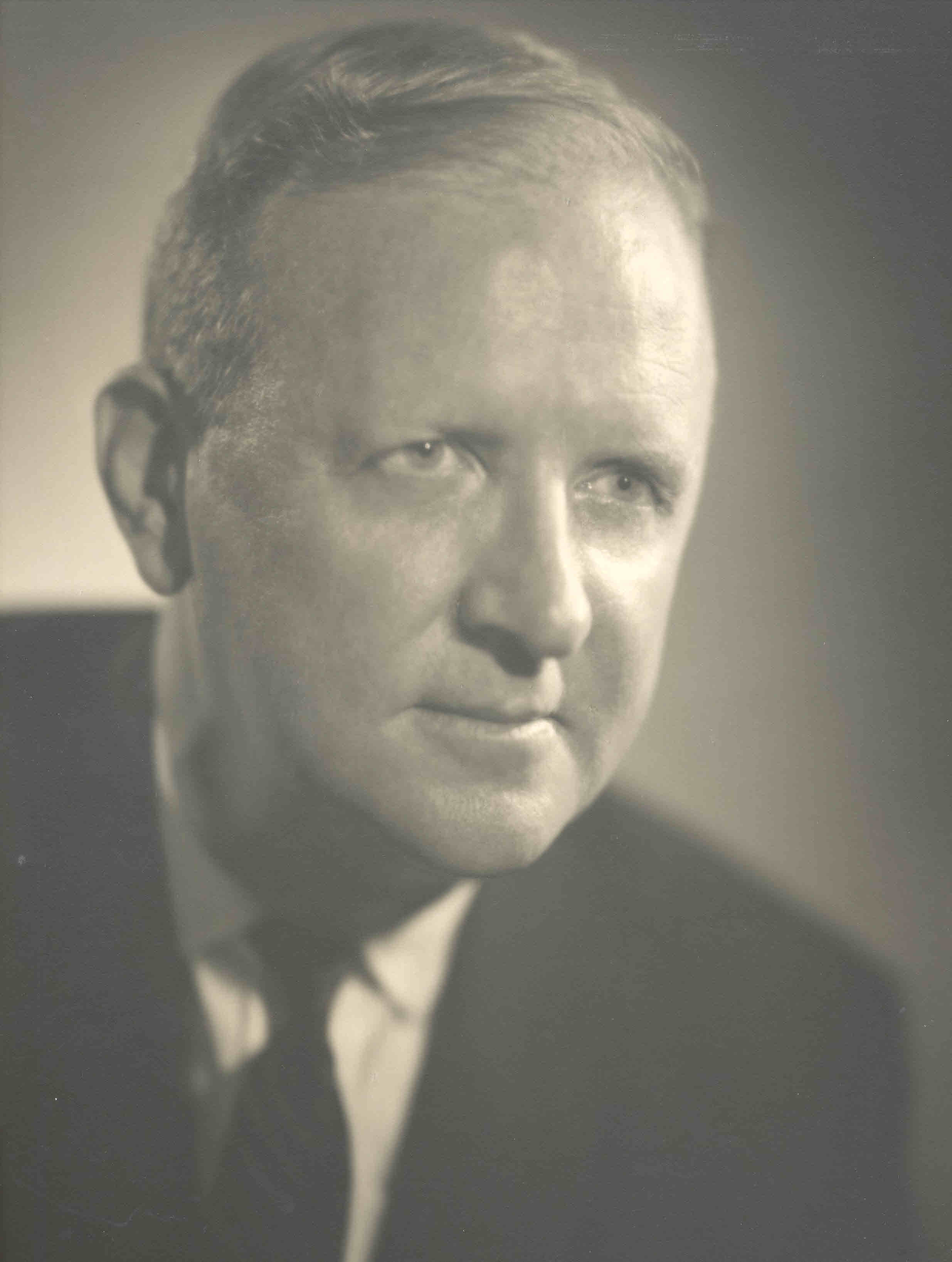
Neal A. Prince, R.A., A.S.I.D, Lead Designer
V.P. of Graphic and Interior Design Department,
InterContinental Hotel Group 1960-1985
Rooms:
300 guest rooms, completely refurbished in the
early 1966. However, the property was sold off
in 1970. During this time in history,
air-conditioned rooms were a new amenity of
luxury to Hotels, as air conditioned rooms were
not standard as they have become in today's
Hotels. The rooms were designed with a warm
Mexican colonial decor for each guest room to
absorb the rich culture by the interior design
talents of Neal A. Prince.
Guestroom:

Photograph courtesy of Arie de Zanger, IHC
Photographer
Guestroom Suite:

Photograph courtesy of Arie de Zanger, IHC
Photographer
How does Mr. Prince's identify an outstanding
Hotel?
Response:
When you arrive at the Hotel, telephone room
service and order a club sandwich to be
delivered to your room. Once the room service
had delivered your requested club sandwich,
take a moment to access how it was prepared,
what materials they used to create your club
sandwich and then taste the sandwich. Mr.
Prince firmly believes, from 55 years of
travelling around the world that if a Hotel is
able to prepare the "simple" club sandwich
correctly, then that Hotel is being operated
correctly.
Restaurants/Lounges:
Farolito Lounge:
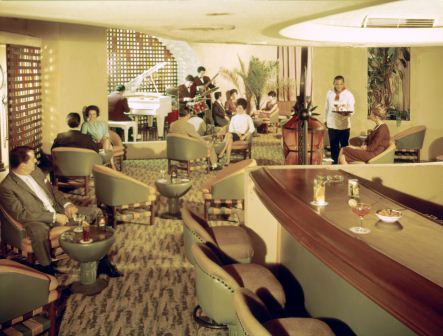
Photograph courtesy of Arie de Zanger, IHC
Photographer
At Farolito, named for the three great Interns
fashioned for the hotel in Guadalajara, the
mood is romantic and intimate. The theme of the
room is the popular Mexican ballads by Agustin
Lara, and the room features a mural painted by
Covarrubias highlighting events of the
songwriters life. Warm toned bits of stained
glass and tiny table lanterns provides the
glow. With cocktails being enjoyed, the area is
mostly quiet at Farolito with ample low-keyed
atmosphere.
El Catrin Saloon / Bar:

Photograph courtesy of Arie de Zanger, IHC
Photographer
When its time to enteratinment at the Reforma
Inter-Continental, the choices had varied and
the moods were among many. El Catrin is a
turn-of-the-century saloon with wrought iron
tables and red leather chairs. Created in the
spirit of the Mexican dandies who flourished in
the 1980's and give the room its name, El
Catrin recalls the heavy French influence of
the era with waiters dressed in derbies, high
collars, flowing ties and silk spats.
La Arboleda Restaurant (Open Grill Restuarant
with its authentic Mexican specialties):

Photograph courtesy of Arie de Zanger, IHC
Photographer
The open grill in La Arboleda Resturant is
faced with the famous blue Talavera tiles of
Puebla. Standing near the grill is a senorita
drassed in the colorful manner of the Chamula
Indians. The chef at her side prepares the
authentic Mexican specialties that make up over
half of the restaurant's menu, and "cools" them
sufficiently for its patrons' tender palates.
La Arboleda Coffee Shop:

Photograph courtesy of Arie de Zanger, IHC
Photographer
The La Arboleda Coffee Shop had offered the
finest cuisine which was served in the most
casual atmosphere.
The La Gruta Restuarant:

Photograph courtesy of Arie de Zanger, IHC
Photographer
La Gruta is intimate in a differant way.
Designed to evoke the grotto of Cacamahuilpa
near Taxco, its walls and ceiling are modern
plaster "stalactites" decorated with small
mosaic tiles of 14 karat gold and sterling
sliver which glint in the darness to all three
places and in Koyan, entertainment is
continous. The La Gruta is where drinks became
an enchantment settings where cocktails were
served in a sparkling grotto setting.
Koyan, the
Reform Supper Club Restuarant:
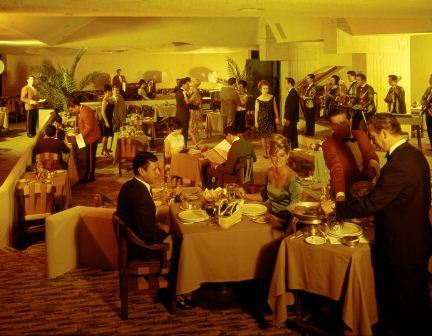
Photograph courtesy of Arie de Zanger, IHC
Photographer
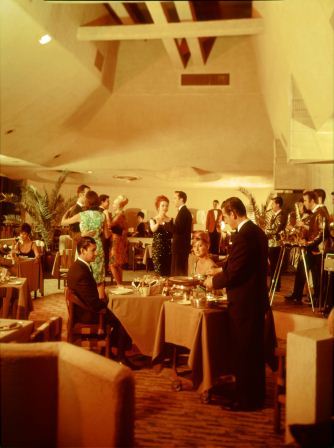
Photograph courtesy of Arie de Zanger, IHC
Photographer
Still more exotic is Koyan, the supper club
named for the sacred drink of the Mayan gods.
Built like a Mayan temple, its ceiling is
dramatically higyh and its walls are decorated
with motifs showing this ancient civilization
at play. Authenticity entends even to the
appointments of the luxurious guest
accommodations whose furnishings include custom
caprets and lamps created exclusively for the
hotel in keeping with the traditional designs
of colonial Mexico. Every guest service is at
hand, and a multi-lingual staff took pride in
serving the Guest at the Reforma
Inter-Continental Hotel. Koyan was designed for
Music, dancing, go-go tempo of the Koyan
designs and the high ceilinged Mayan temple.
Meeting Facilities:

Photograph courtesy of Arie de Zanger, IHC
Photographer
The Meeting rooms were
ample size for banquests and large meetings to
service any convention.
Comments:
|

